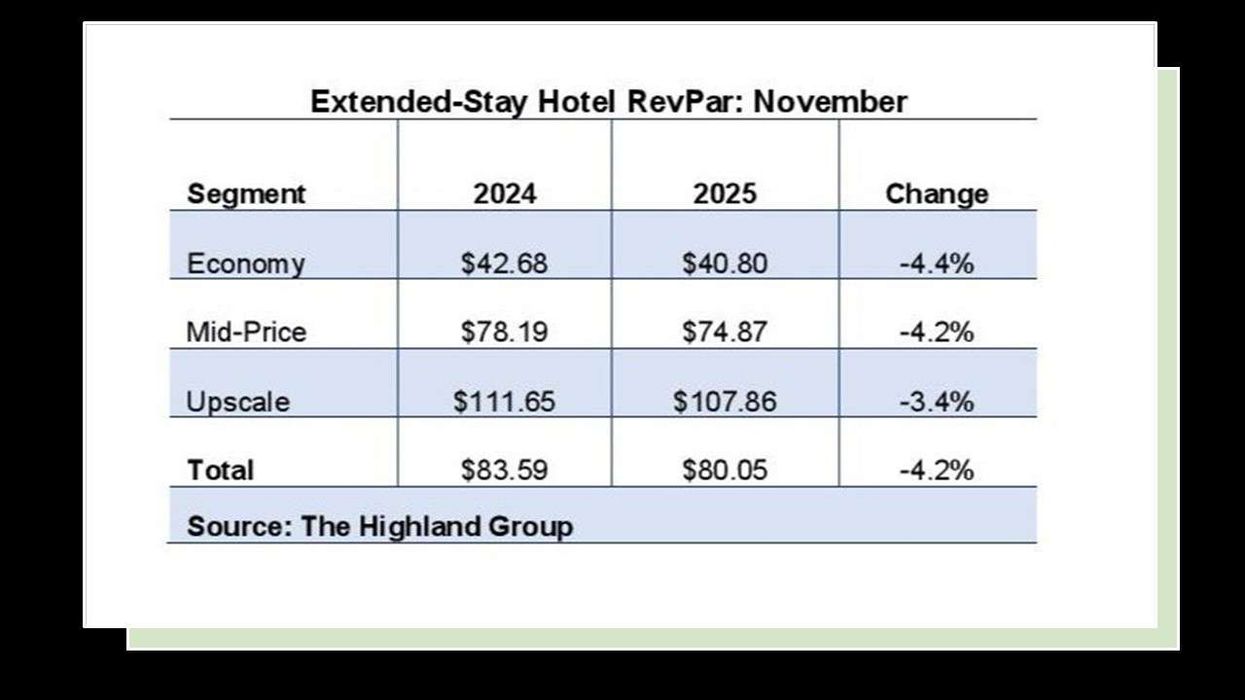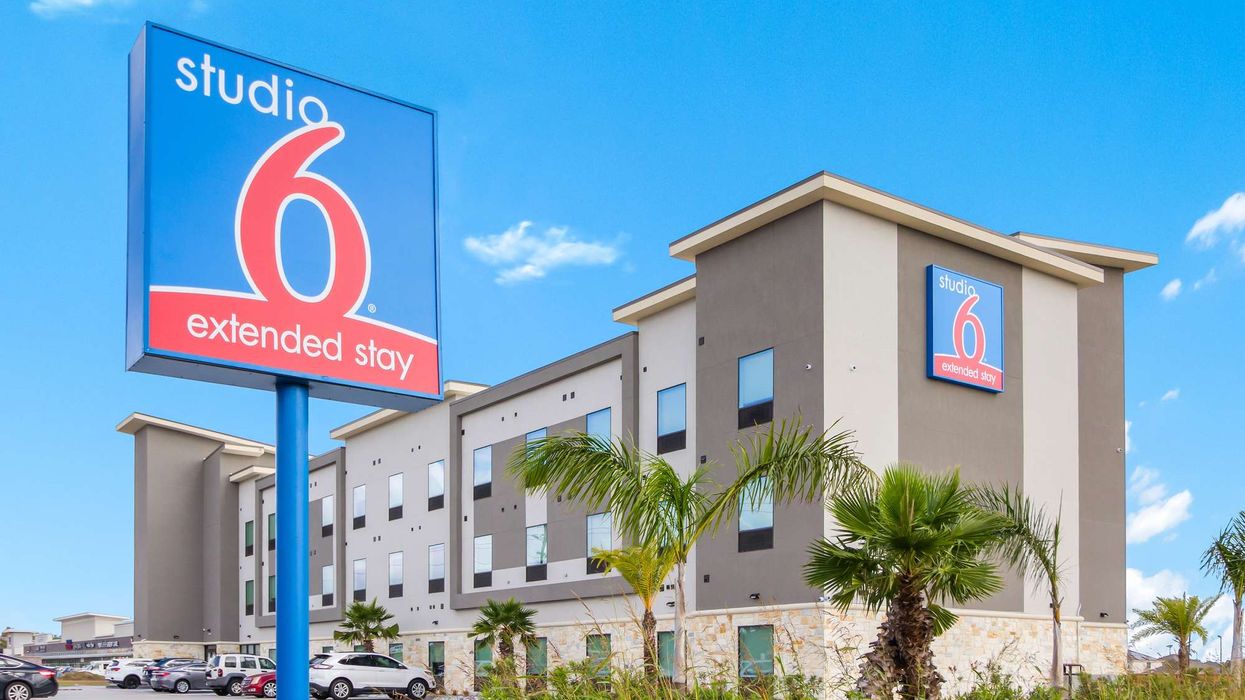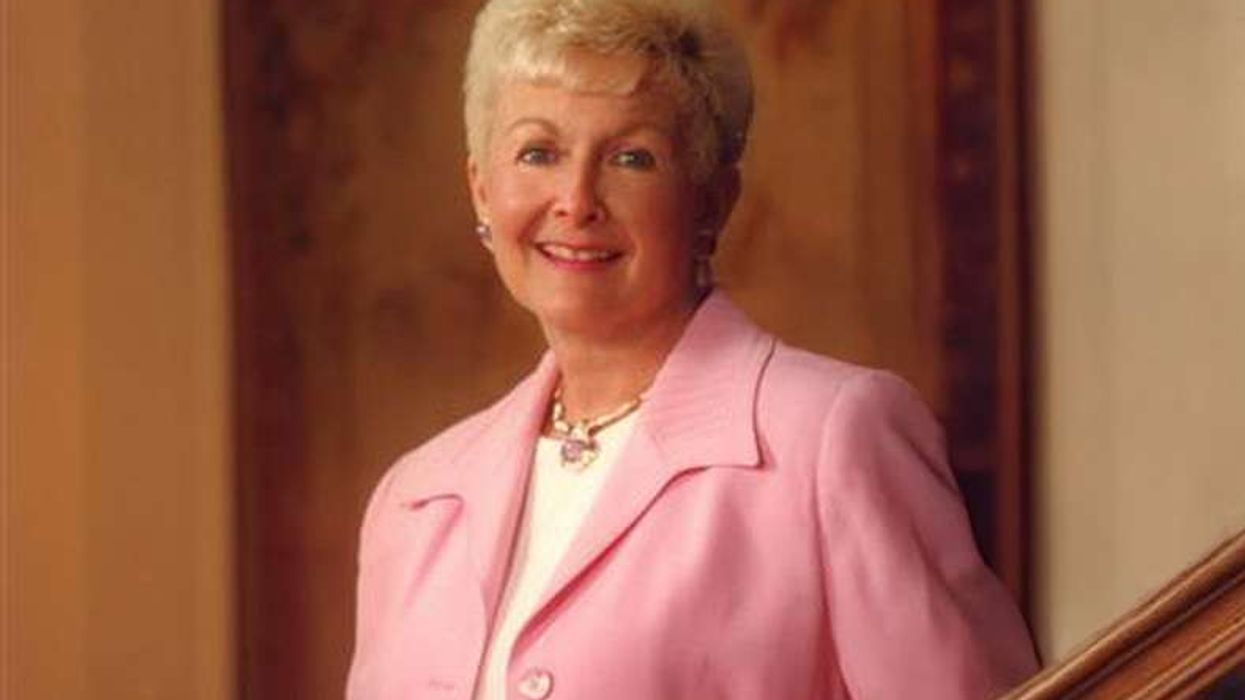IT PROBABLY WON’T come as a surprise to many, but 2020 was officially the worst year on record for U.S. hotels, according to STR. December capped months of decline with a disappointing holiday season while January saw that boost dwindle.
For the entire year 2020 saw record lows in occupancy and RevPAR, according to STR. Occupancy averaged 44 percent, down 33.3 percent from 2019, and RevPAR finished at $45.48, a 47.5 percent decline year over year. ADR for the year was $103.25, down 21.3 percent from 2019 and lower than any year since 2011.
“For the first time in history, the industry surpassed 1 billion unsold room nights, which eclipsed the 786 million unsold room nights during the great recession in 2009,” STR said. “Based on November year-to-date results, the industry is expected to show nearly zero profit for the year when STR releases P&L data next week.”
The worst year closed on a low note with December seeing performance closer to the early months of the pandemic after a summertime boost. Occupancy for the month averaged 36.7 percent, down 32.3 percent from December 2019, and RevPAR was $33.76, down 51 percent year over year and the lowest since May for those metrics. At $91.96, ADR was up slightly from November but 27.6 percent lower than the previous year.
The downward trend was continuing in January as occupancy dropped below 40 percent, to 37 percent, in the week ending Jan. 9. ADR was $87.97 that week and RevPAR was $32.59.
Among STR’s top 25 markets in 2020, Minneapolis/St. Paul, Minnesota-Wisconsin, reported the lowest occupancy level at 33.3 percent, a 49.9 percent decline from 2019. Only Tampa/St. Petersburg, Florida, exceeded 50 percent occupancy with 50.8 percent, which was still 29.4 percent lower than 2019.
Oahu Island, Hawaii, was the only major market to post ADR above $200, at $215.57, down 10.5 percent year over year although it saw the steepest year-over-year occupancy decline, down 53.7 percent to 39 percent. The island reported the lowest December occupancy level for the top 25 markets with 23.6 percent, a 71.6 percent decrease from 2019.
Norfolk/Virginia Beach, Virginia, came in closest to its 2019 performance with occupancy of 49.1 percent, down 22.7 percent from the previous year and RevPAR was $43.93, a 34.7 percent decline.
Overall, the top 25 saw lower occupancy than the national average with 42.9 percent but higher ADR at $114.09.













